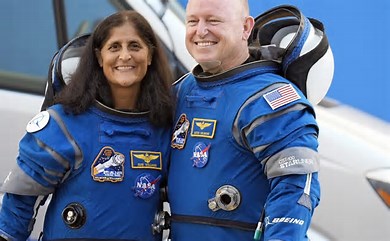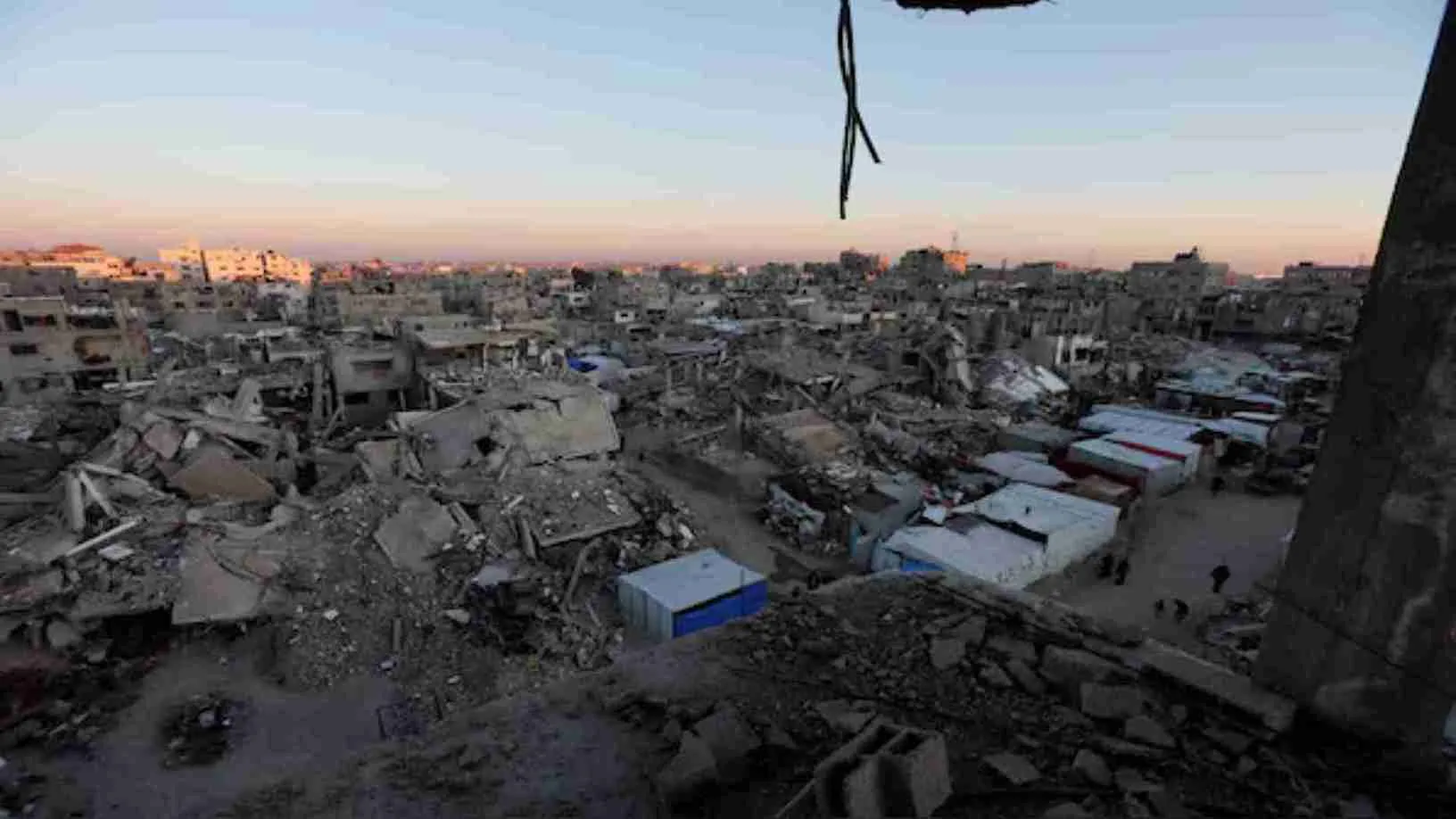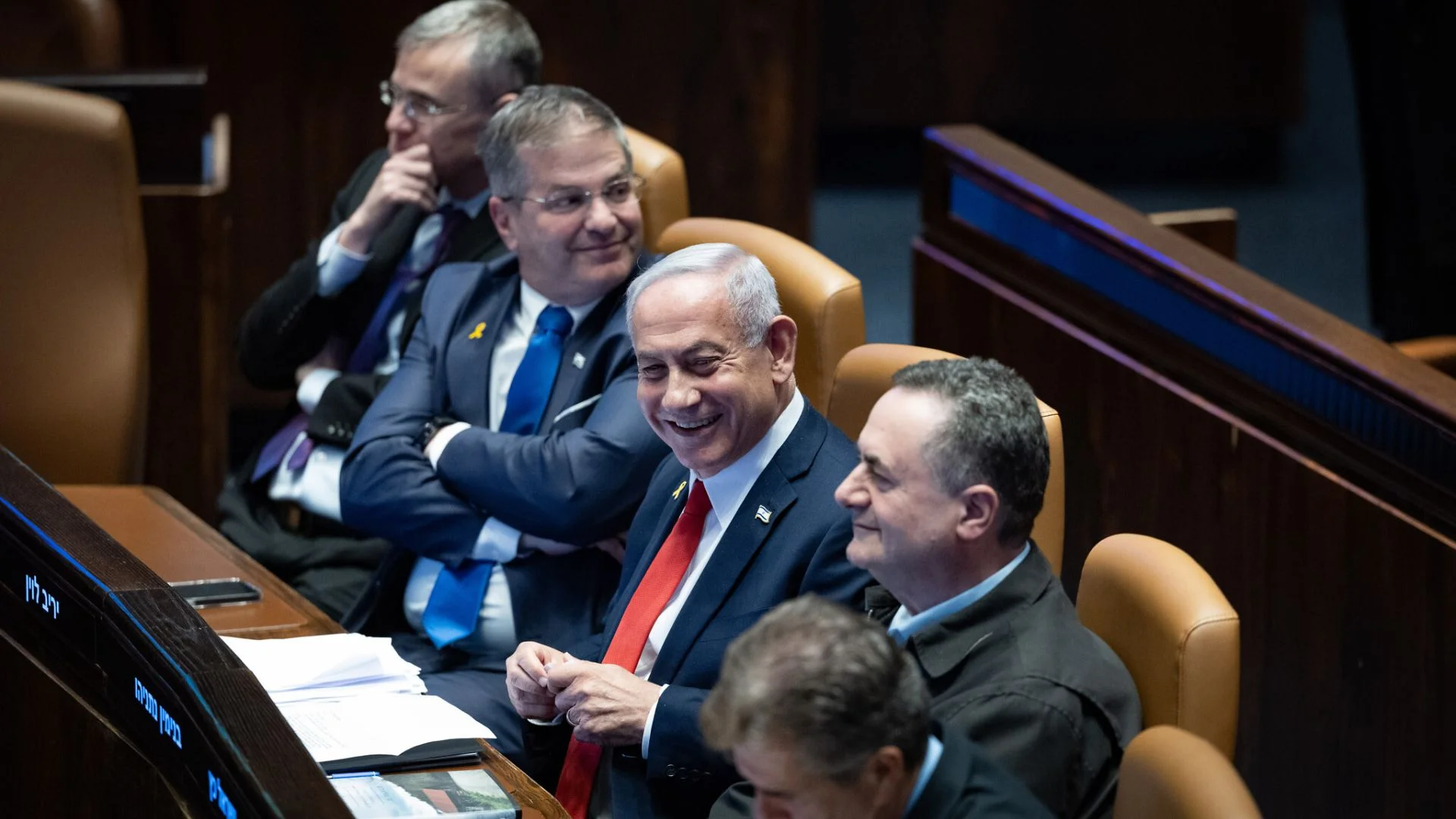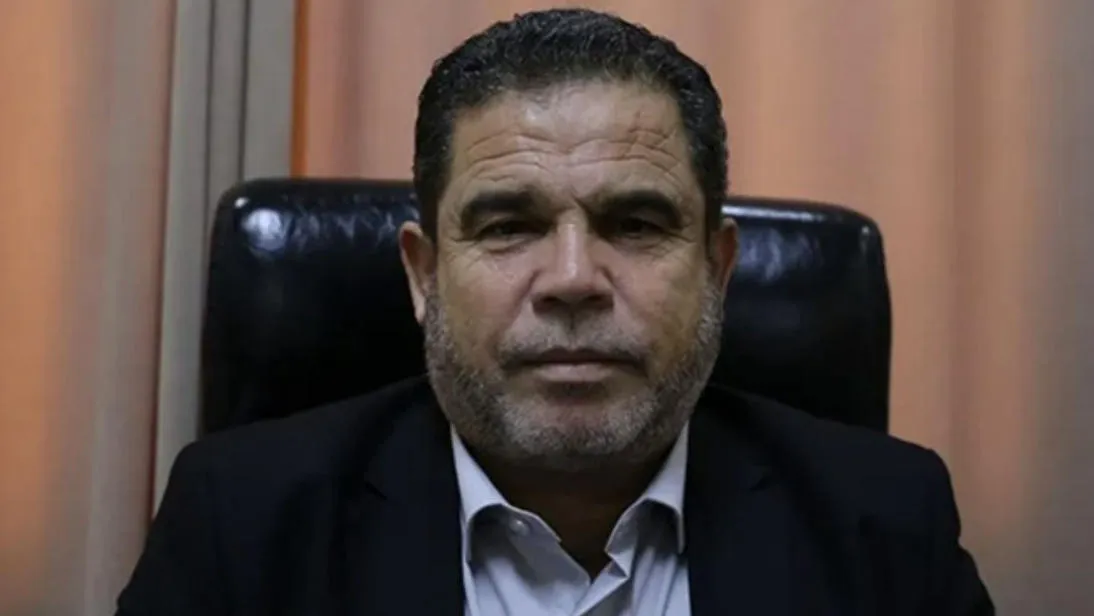NASA is currently deliberating whether to extend the mission of astronauts Sunita Williams and Butch Wilmore aboard the International Space Station (ISS) until early 2025. This decision comes amid concerns over the safety of Boeing’s Starliner capsule, which was initially set to return the astronauts to Earth.
Starliner’s Technical Challenges
Wilmore and Williams, who are both experienced NASA astronauts and retired Navy captains, were initially scheduled to spend only about a week in space as part of Starliner’s first crewed mission. However, the capsule experienced significant technical issues, including thruster failures and helium leaks, casting doubt on its ability to safely return to Earth.
These thrusters play a critical role in ensuring the capsule maintains the correct orientation during re-entry. As NASA continues to analyze data related to these issues, the agency has postponed the decision on whether to bring Starliner back empty or to use SpaceX’s Dragon capsule to return the astronauts.
Potential Extension and Complications
If NASA opts to switch the astronauts to SpaceX’s next flight, Wilmore and Williams could remain at the ISS until February 2025. This would require adjusting the current crew assignments for SpaceX’s upcoming mission, scheduled for late September. Two of the four astronauts currently set to travel to the ISS might have to be bumped to make room for Wilmore and Williams.
Moreover, the ISS has limited docking ports for U.S. capsules, adding another layer of complexity to the situation. Boeing’s Starliner would need to vacate its spot before the arrival of SpaceX’s Dragon, creating logistical challenges.
NASA’s Careful Consideration
“We have some time before we need to make a final decision about bringing Starliner home, and we want to use that time wisely,” said Ken Bowersox, NASA’s space operations mission chief. NASA expects to reach a decision by the end of next week or the beginning of the following week.
Boeing, for its part, has expressed confidence in Starliner’s ability to safely return the astronauts, highlighting the extensive testing conducted on the thrusters since the capsule’s launch. Despite these reassurances, NASA remains cautious, given the history of issues with the spacecraft.
The Importance of Competing Services
NASA’s goal in hiring both SpaceX and Boeing was to ensure multiple options for transporting astronauts to and from the ISS, especially after the retirement of the space shuttle program in 2011. While SpaceX has been successfully flying astronauts since 2020, Boeing’s Starliner has faced numerous setbacks, including a troubled uncrewed test flight in 2019 that required a costly do-over.
As NASA continues to evaluate the situation, Wilmore and Williams stand ready to fulfill their duties, regardless of the final decision. “They will do what we ask them to do. That’s their job as astronauts,” said NASA’s chief astronaut, Joe Acaba.
NASA’s decision in the coming days will determine whether these seasoned astronauts will extend their mission, or if they will return to Earth aboard a different spacecraft.









